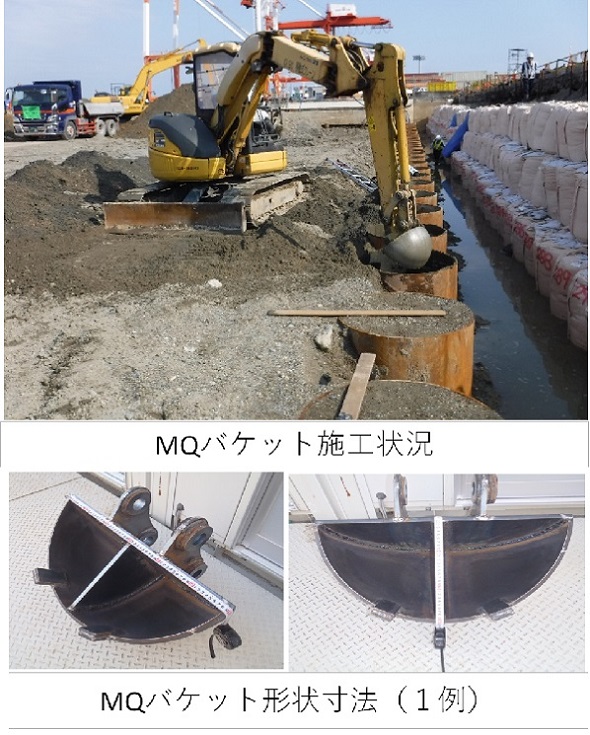2022-02-17 米国国立標準技術研究所(NIST)

Credit: ©tiptoee/Shutterstock
In the beginning, all that Stephan Schlamminger wanted to do was to write down an equation that would help him obtain a more precise value for G, the gravitational constant that determines the strength of the attraction between massive objects. To gauge that attraction, Schlamminger, a physicist at the National Institute of Standards and Technology (NIST) and his colleagues, studied the motion of a so-called torsional pendulum—in this case, a set of masses suspended by a thin wire that periodically twists and untwists instead of periodically swinging back and forth.
The equation that Schlamminger derived provides guidance about how to minimize or quickly dampen the amount by which the wire twists back and forth. If the amount is small, it’s easier to locate and measure the position of the wire, which translates into a more accurate measure of G. Schlamminger was eager to immediately publish the result. But then he got to thinking: The finding would interest only a small number of people, those who measure G using the torsional pendulum method.
Could the equation be applied to other devices?
Turns out he didn’t have to crane very far to find a connection.
Animation shows the carefully timed maneuvers a crane operator must employ to safely deliver a heavy load to the desired destination.
In an article posted online Feb. 17 in the American Journal of Physics, he and his colleagues describe a surprising link between their equation for G and the maneuvers required for crane operators at a construction site to safely and quickly transport heavy loads.
Schlamminger, of course, wasn’t initially thinking about construction cranes. But he remembered a conversation he had when he was a postdoc about 15 years ago, while working on a similar project to measure G at the University of Washington in Seattle. Schlamminger’s advisor had asked him if he knew about the tricks of the crane operator.
Operating a crane isn’t for the faint-hearted. Swing a thousand-pound chunk of steel too fast or too far and someone can get killed. But in just two carefully choreographed maneuvers, a skilled crane operator can pick up a heavy load and bring it to a dead stop, without any dangerous swinging, to exactly the right destination. Moreover, a crane’s cable and the load can be modeled as a vertical pendulum that moves to and fro in a manner similar to the way that a torsional pendulum twists and untwists. The time that it takes for the pendulum to complete one cycle of this motion is called the period.
Applying the equation he had derived for the torsional pendulum, Schlamminger found he could predict the strength and timing of the changes in velocity crane operators need to apply to the trolley—the wheeled mechanism that moves loads horizontally along a rail.
If a crane operator transports a load that’s at rest and moves it a relatively short distance, the equation suggests this prescription for stopping the load at the right spot: The operator should initially apply a velocity opposing the motion of the crane’s trolley and then apply exactly the same velocity in the opposite direction exactly one pendulum period later.
If the operator has to pick up a load initially at rest and move it a relatively large distance—tens of meters–the equation provides different guidance to account for the crane’s larger swinging motion in this scenario: The operator should initially apply a force that accelerates the crane trolley from rest to a certain velocity and then apply a second change in trolley speed, doubling that velocity, half a period later.
Things get more complicated if the load has some initial swinging motion of its own, independent of the crane. In such cases, the two times at which the operator applies a force to bring the load under control are no longer exactly half a period or one period apart, but the equation still provides the appropriate times for action.
“I believe that well trained operators can perform these maneuvers,” to more safely transport construction loads, said NIST engineer Nicholas Dagalakis, who developed the mathematical models and optimized the design of NIST’s RoboCrane. Dagalakis was not a coauthor of the new study.
Although veteran crane operators instinctively know about the strategies the NIST researchers developed, and computerized control of the trolley incorporates these motions, this appears to be the first time the crane maneuvers have been described by a mathematical formalism, Schlamminger said.
“This is really a rich application that is worth sharing with the world,” he added.
Satisfied that the work would reach a wider audience, he and his collaborators, including Newell, Leon Chao and Vincent Lee of NIST, along with Clive Speake of the University of Birmingham in England, were finally ready to publish.
Paper: Stephan Schlamminger, Leon Chao, Vincent Lee, David B. Newell and Clive. C. Speake. The crane operator’s trick and other shenanigans with a pendulum. American Journal of Physics, Vol. 90, 169 (2022). DOI: 10.1119/10.0006965. Published online February 17, 2022.
ABSTRACT
The dynamics of a swinging payload suspended from a stationary crane, an unwanted phenomenon on a construction site, can be described as a simple pendulum. However, an experienced crane operator can deliver a swinging payload and have it stop dead on target in a finite amount of time by carefully modulating the speed of the trolley. Generally, a series of precisely timed stop and go movements of the trolley are implemented to damp out the kinetic energy of the simple harmonic oscillator. Here, this mysterious crane operator’s trick will be revealed and ultimately generalized to capture the case where the load is initially swinging. Finally, this modus operandi is applied to a torsion balance used to measure G, the universal gravitational constant responsible for the swinging of the crane’s payload in the first place.



